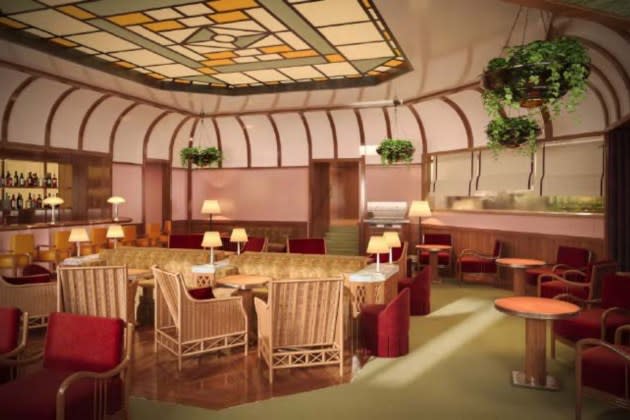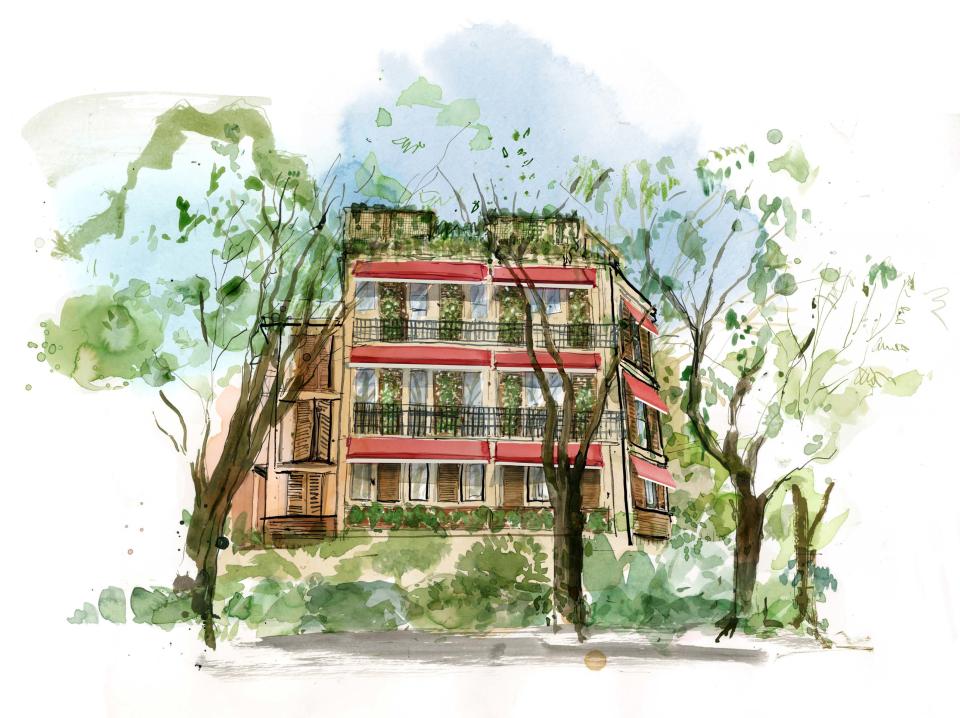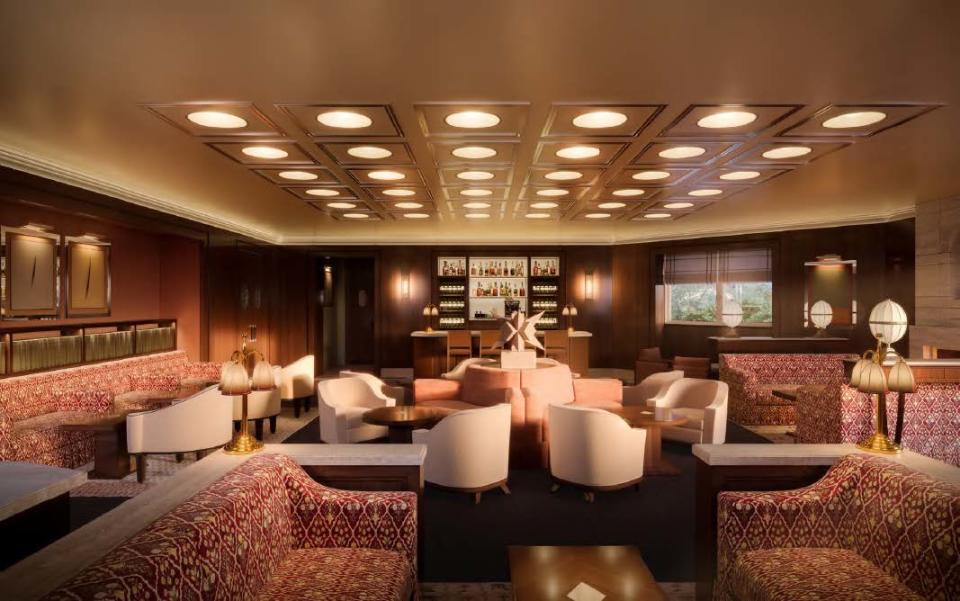The Wilde Members Club to Open in Milan

MILAN — A villa that previously belonged to Santo Versace and his family on a quiet, leafy street in central Milan is being turned into the first The Wilde members club location.
The brainchild of founder and chairman Gary Landesberg, it is scheduled to open in October under the creative direction of Alasdhair Willis and designed by architect Fabrizio Casiraghi. The quality of the team reflects Landesberg’s experience, since the entrepreneur has long been a major investor in both the leisure and hospitality sectors in the U.K. and Europe. He was previously executive chairman and shareholder of The Arts Club for a decade, leading the repositioning of the London-based club as well as the opening of The Arts Club Dubai.
More from WWD
Langosteria Partners With Crurated, Upping Wine Traceability, Experience
Ice Spice Embraces Cutouts in Orange Archival Versace Dress on the BET Awards 2024 Red Carpet
After The Wilde in Milan, there are plans to open in London, New York and Los Angeles, each with a site-specific art collection.
In an interview in Milan, Landesberg explained that he felt the Italian city was lacking a good private member’s club. “Milan is a very international city, with great culture, food and significance in the fashion industry” and that finding the right building was key to secure the first outpost for the new project.
Cue the Villa Del Platano, built between 1953 and 1954 by architects Carlo De Carli and Antonio Carminati, located in a strategic positioning on the luxury street Via dei Giardini in the artsy Brera district, a few steps away from Via Montenapoleone, not far from the Giorgio Armani headquarters, and looking onto the adjacent park belonging to Palazzo Borromeo d’Adda.

“It’s an amazing street. Obviously, we’ve got residents nearby and we have to be very mindful of what’s going on in the area. But as a location, it’s fantastic. Because you’re right in the center, but you don’t feel like you’re on a busy street. It’s quite special,” Landesberg said.
“Finding the right place is maybe the hardest thing. It has to have its own entrance because you’ve got to have a sense of arrival. You can’t be a member of a club and go through an office reception. And we need outside space, which is imperative for me. The truth is today since COVID-19, the world’s changed. Even if the weather is a little inclement, people want to be outside.”
Villa Del Platano, whose interiors cover more than 21,600 square feet, is in fact surrounded by a lush garden.
Landesberg said the villa has been restored with energy efficient practices such as LED lighting, low-flow water fixtures and energy efficient appliances to reduce resource consumption, waste reduction and recycling programs.
He praised Casiraghi for being “very respectful with the building,” which has “a bit of an Art Deco” feel. “His design is very elegant but he doesn’t over-design. He doesn’t make it too busy. And I think he’s done a really nice job,” the entrepreneur said.

Casiraghi has worked over the years for French architect Dominique Perrault and at Dimorestudio, renovated the famed Drouant restaurant in Paris and curated the concept of the Cassio bar in Hong Kong as well as the Ftelia Beach Club in Mykonos, among other projects.
Together with dining concepts, members and their guests will have access to artistic and cultural experiences and programs. Dining ranges from The Club Room, which is expected to include weekly DJs, live music, theatrical performances, cabaret and more; brunch and aperitivo in The Garden; Arturo’s with a wide range of cigars; The Library, for breakfast and all day dining menu in a space for quiet reading and work or a casual lunch and also expected to stage live music, performances, talks, readings and more; Nina, a Latin American restaurant, bar and counter with Japanese influence, expected to program weekly DJs playing Latin American music and a guest chef, and Ava on the third floor and Ava Rooftop, on the fourth floor, offering seasonal Mediterranean dining. Each floor will be marked by a different color.
“It’s a cliché, but clubs should feel like your home. Even if you want to come and sit and just have a coffee or you want to have a drink or just hang out because you want to go read a document or the news. You know, that’s what a club should be. I mean, the food’s important and so is the experience.
“I don’t think we should offer fitness or sports because there are specialists out there and will people going to a club, having a lovely bite of dinner or lunch in a nice suit or lovely dress, want to see people walking around in gym clothes?”
Fees range from 2,000 to 3,500 euros a year and members, starting from under-40, should be “across the spectrum, whether it’s fashion, business, finance and real estate. The doors are not closed to anyone from any industry but you’ve got to be recommended,” said Landesberg, adding that the demand has been strong. “The idea is to start with a good base of founding members that really can represent the kind of people that will be part of the community we want to build.”
Asked about the name, he said he believes “clubs should embrace old school service hospitality. And it should feel special, but you’ve got to bring it into the new world as well. You know, we have digital, everything is moving forward. So it was a collision of kind of two worlds. And that was the challenge, how the old and the new could come together. And then [Willis] came up with The Wilde, because it was a bit of a nod to Oscar Wilde, but the wild is where everything comes together, whether humans, animals, everything.”
Best of WWD
